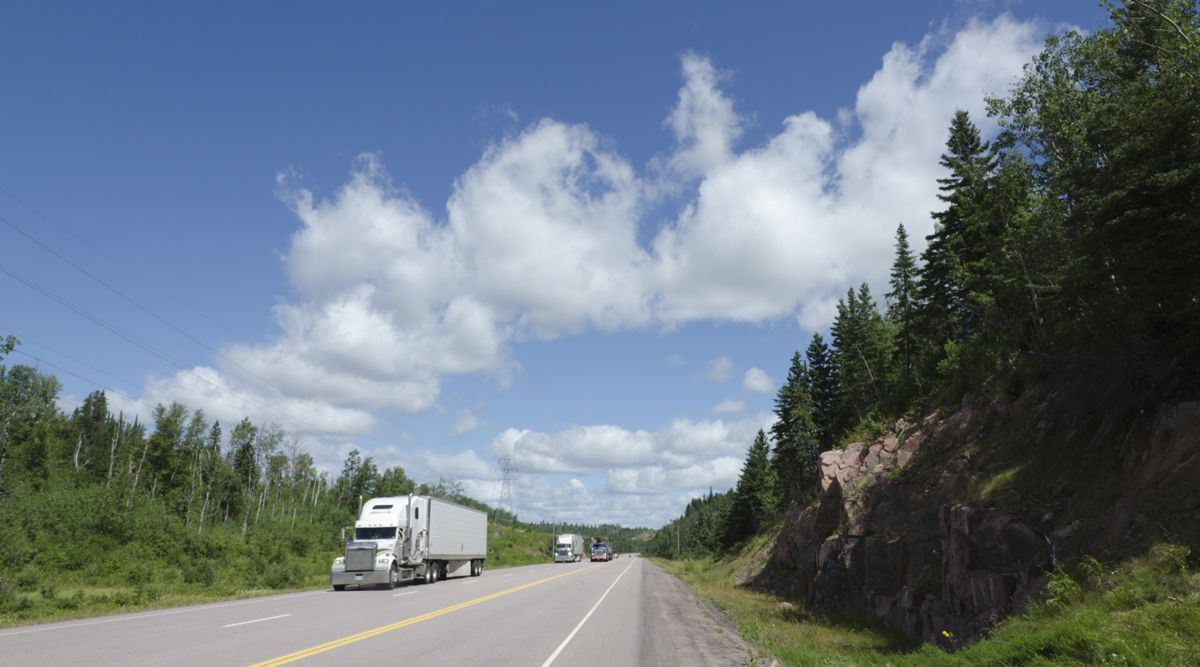
—
Earlier today I was reading the Calgary Metro (Monday, June 6, 2016). The story “Albertans see it half-empty” quoted the results of a poll of Albertans that stated:
- 47% think things are going to get worse before they get better, and
- Only 38% believe we’ve hit bottom, and things are going to start recovering.
Is it going to rain on August 15th?
The trend is for a warm, dry summer. August is usually pretty decent in Alberta. I might bet a few dollars on the outcome. But I certainly wouldn’t risk it all. There are lots of thunderstorms in this region that throw the trends off. It all depends on where the jet stream ends up and the amount of moisture in the air on that day. What everyone thinks, matters less than what happens.
Personally, I think we are stuck in a longer-term oversupply trend. There is plenty of demand but with shale reserves in play in North America and around the world, and other market forces, the game has shifted.
None of that will matter to the trendsetters.
Riding the Trends
“A rising tide lifts all boats.” ~ John F. Kennedy
JFK was the famous person who said it, but he didn’t invent it or even say it first. He was applying it to the idea that if the overall trend was upwards, then everyone would rise and benefit from the trend.
That, in a nutshell, is the economic theory most believe about the Oil and Gas industry.
Of course, there are less obvious aspects to the analogy:
- If your ship has already sunk, it won’t rise.
- If you missed the boat, you might drown.
- If you launch your boat as the tide crests, you will drop with the outgoing tide.
And the biggest flaw of which we need to be aware?
Some ships rise much faster than the tide and some ships much slower.
Lagging the Upward Trend
If a trend is big enough, just about any business can make a go of it during the rise. If the overall market increases 50% and your business grows by 30% over that time, you are lagging the market.
Constrained growth isn’t necessarily a bad thing. You may not have the capital, systems, or people to grow that fast. If you grow too fast, you can implode, especially when the trend turns. Or you may want to focus on the profitable contracts, build reserves, and be prepared for the inevitable downturn.
It is what happens during the downturn that determines whether you have a robust company or not. If you preserve relative market share (as a percentage) during the retraction you are winning against most of your competitors. When the trend rises again, you start from a higher position and climb higher again during each cycle until you become a market leader.
The Lagging Laggards
The first to rise are those who are market leaders. The tier 2 companies grow next as the market leaders reach peak capacity and can’t fill all the demand and prices increase. If the trend is sustained, tier 3 companies get a shot at the work and benefit from the healthy margins even if they are relatively inefficient.
But during the downturn, the lagging laggards (tier 3) lose work first. Then the level 2 companies shed work. The market leaders maintain or grow market share in the downturn. They may be losing overall revenue, but they retain a good percentage of what remains.
All three models can make business owners money. The biggest mistake leaders make is that they don’t understand what type of business they really are, so they use the wrong strategies at the wrong time.
Market Leaders Rise Above Trends
Whether it is growing faster than the market, shrinking less quickly than the market, or both, market leaders tend to grow progressively quicker than most of their competitors.
As mentioned in last month’s article, the keys to thriving, sustainable growth are:
- Delivery – You can deliver value to your customers consistently as you grow and shrink
- Marketing and Sales – You communicate that value to your target market and clients in both cycles
- Brand – Your target market accurately understands your value, sees you as a market leader at all times.
The market sees you as a leader and respects that. Never underestimate the power of being the best. (Biggest is not always the best.)
The Trendsetters
There are always a few companies who play the game a little better strategically. They find new markets and can exploit them because they have the resources. They are innovative not only with products and services but in how they run their businesses. They tell their stories better than anyone else. They can sometimes disrupt an industry. I’ve heard quite a few stories about companies currently doing well in the downturn and they always have at least one of these strategies in play.
Unless the market suddenly changes, these are the companies that will lead us out of our current economic downturn.
You don’t have to be big to be a trendsetter. But you have to act like one and shake things up enough that people believe things are turning around… until they are.
Originally published in the June edition of the Oilfield Pulse



